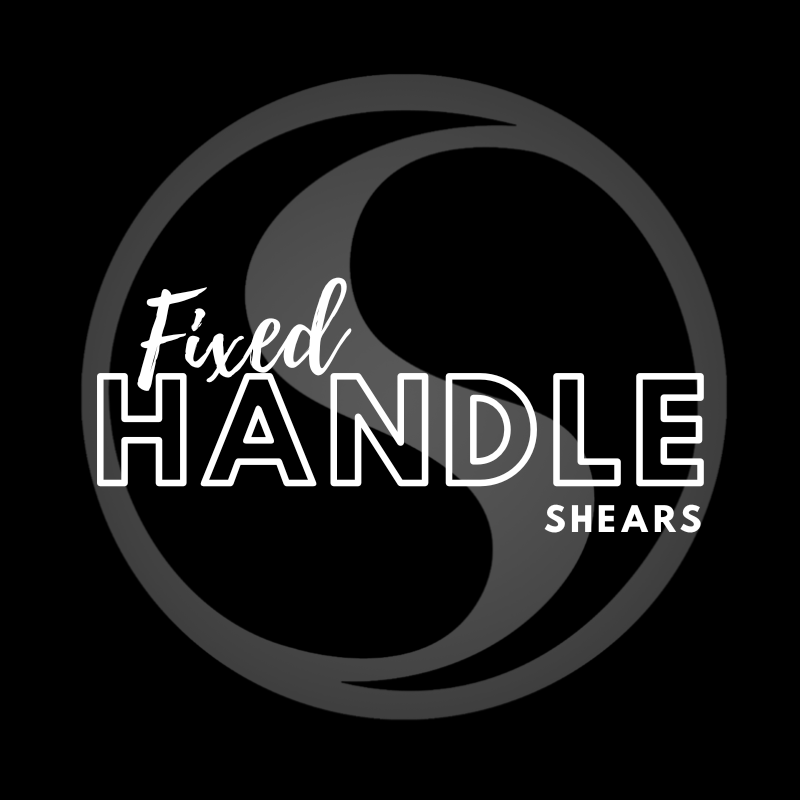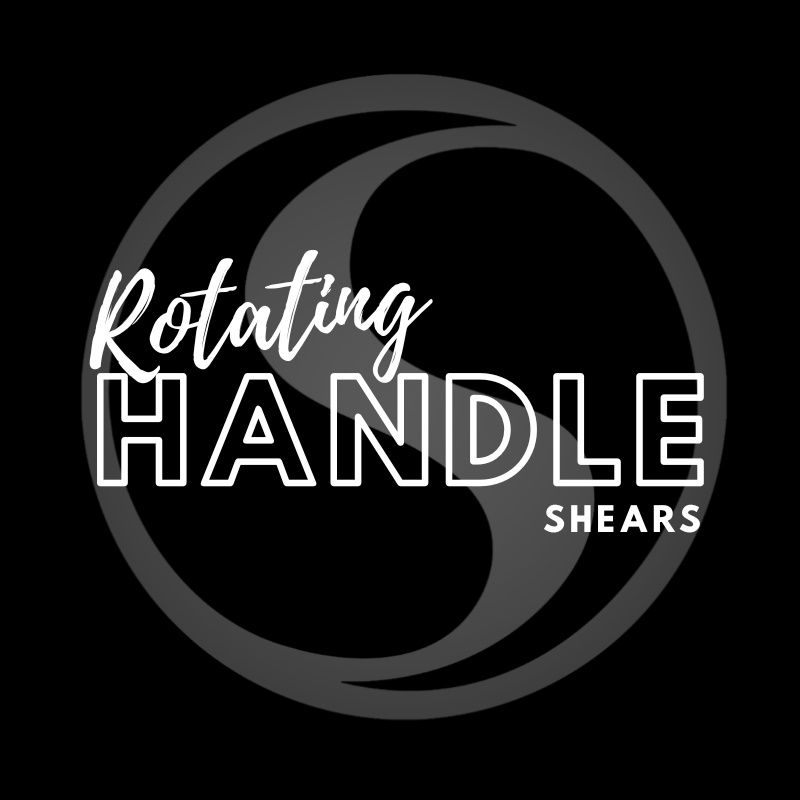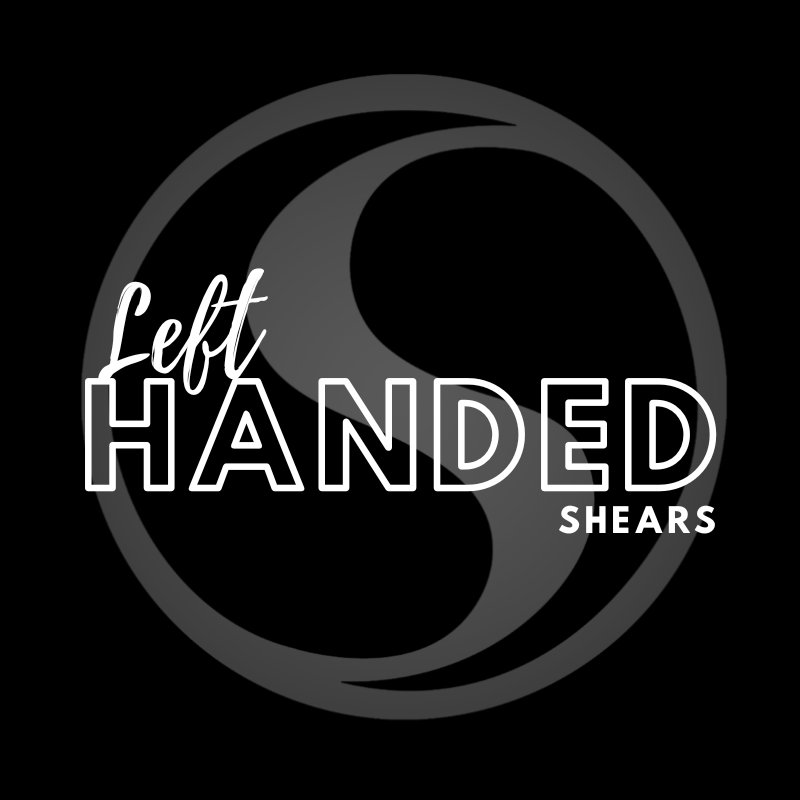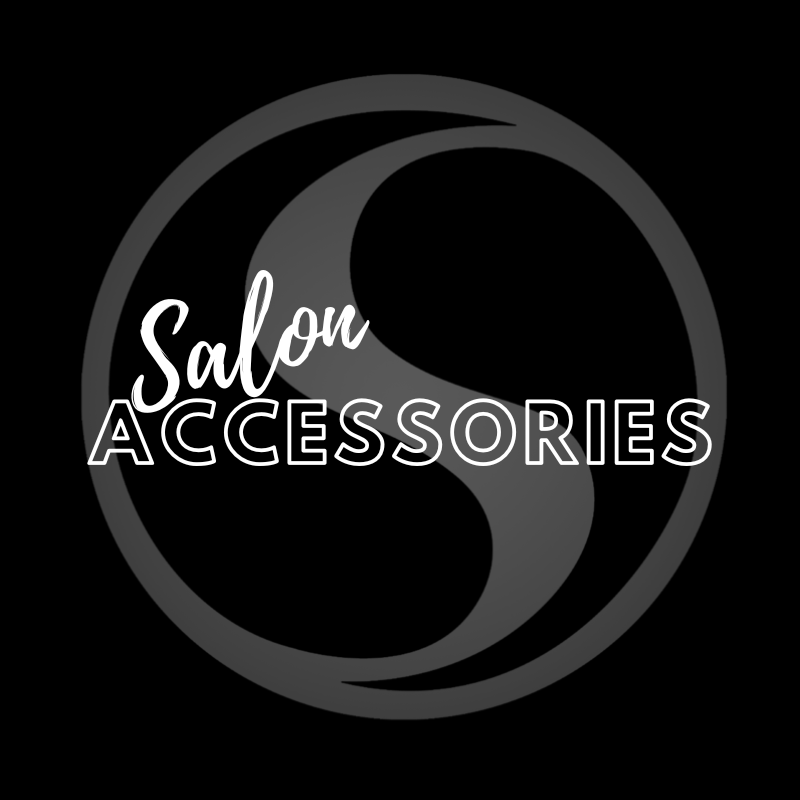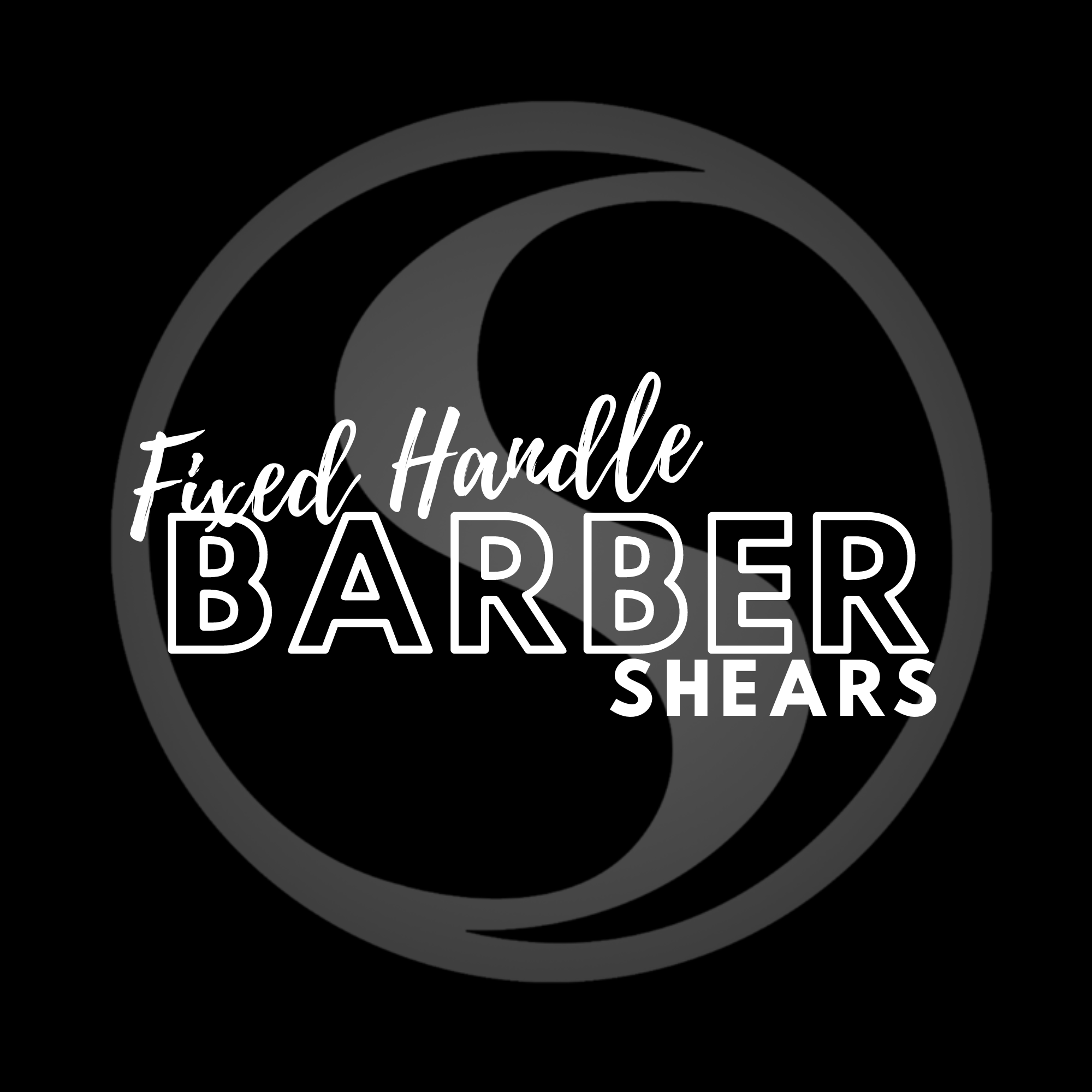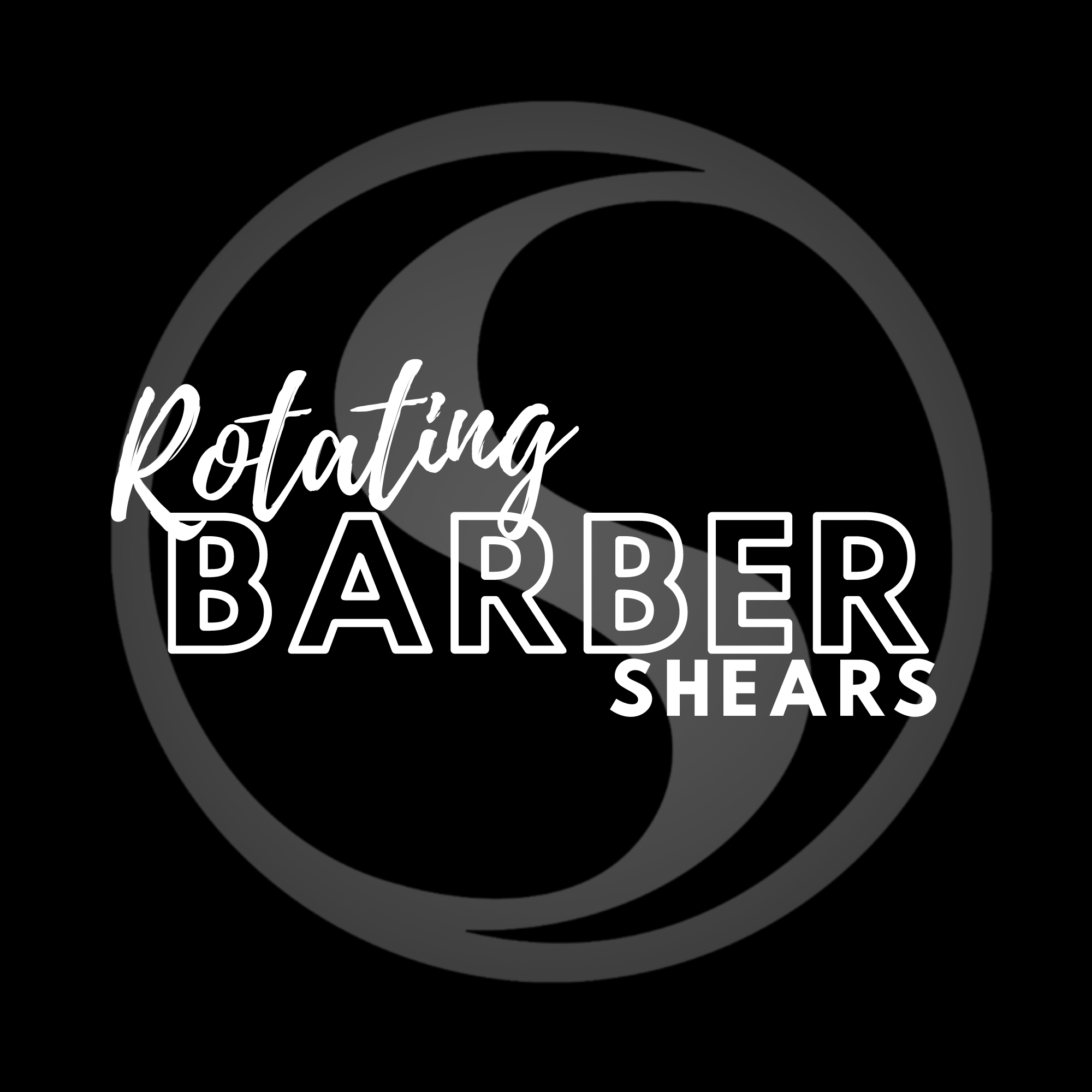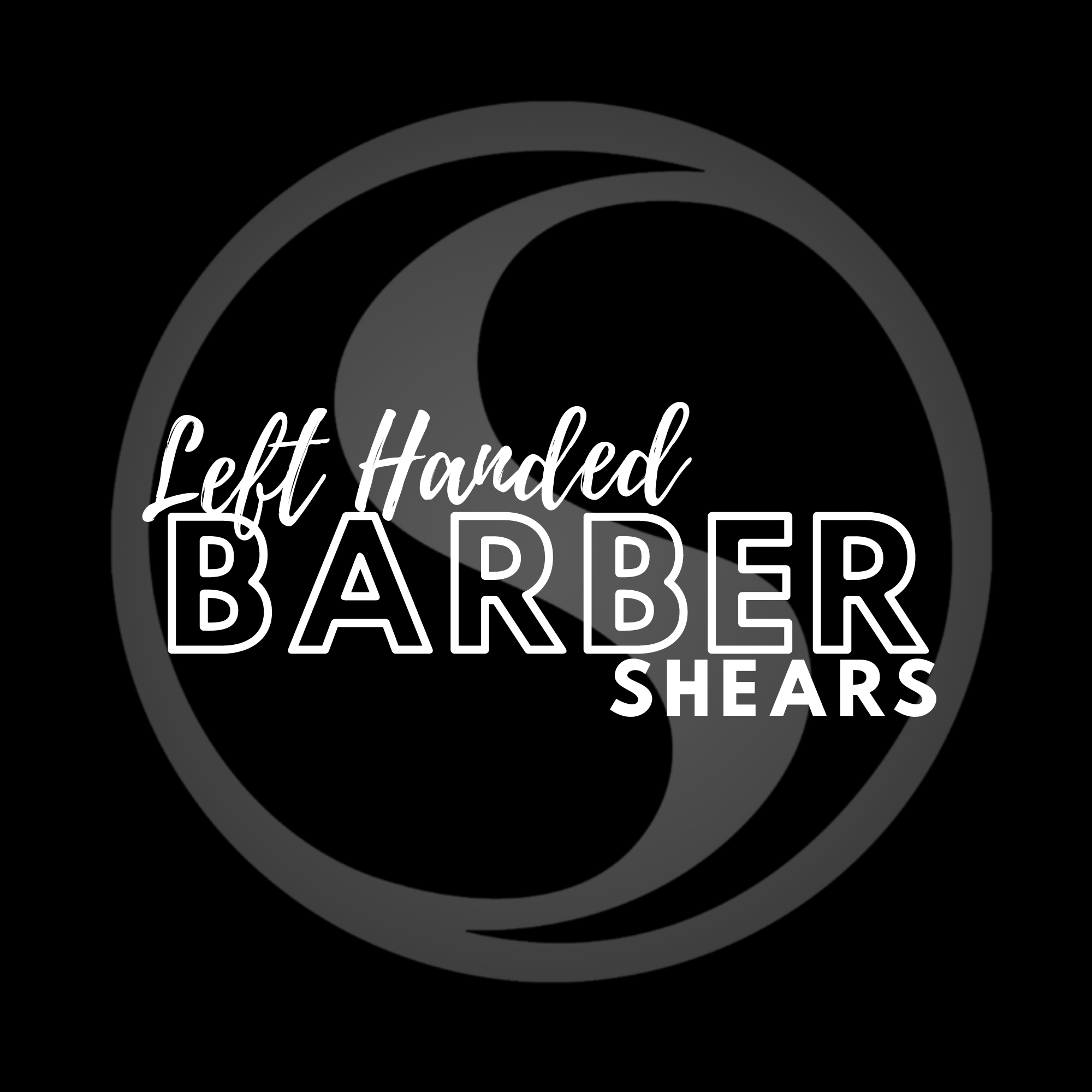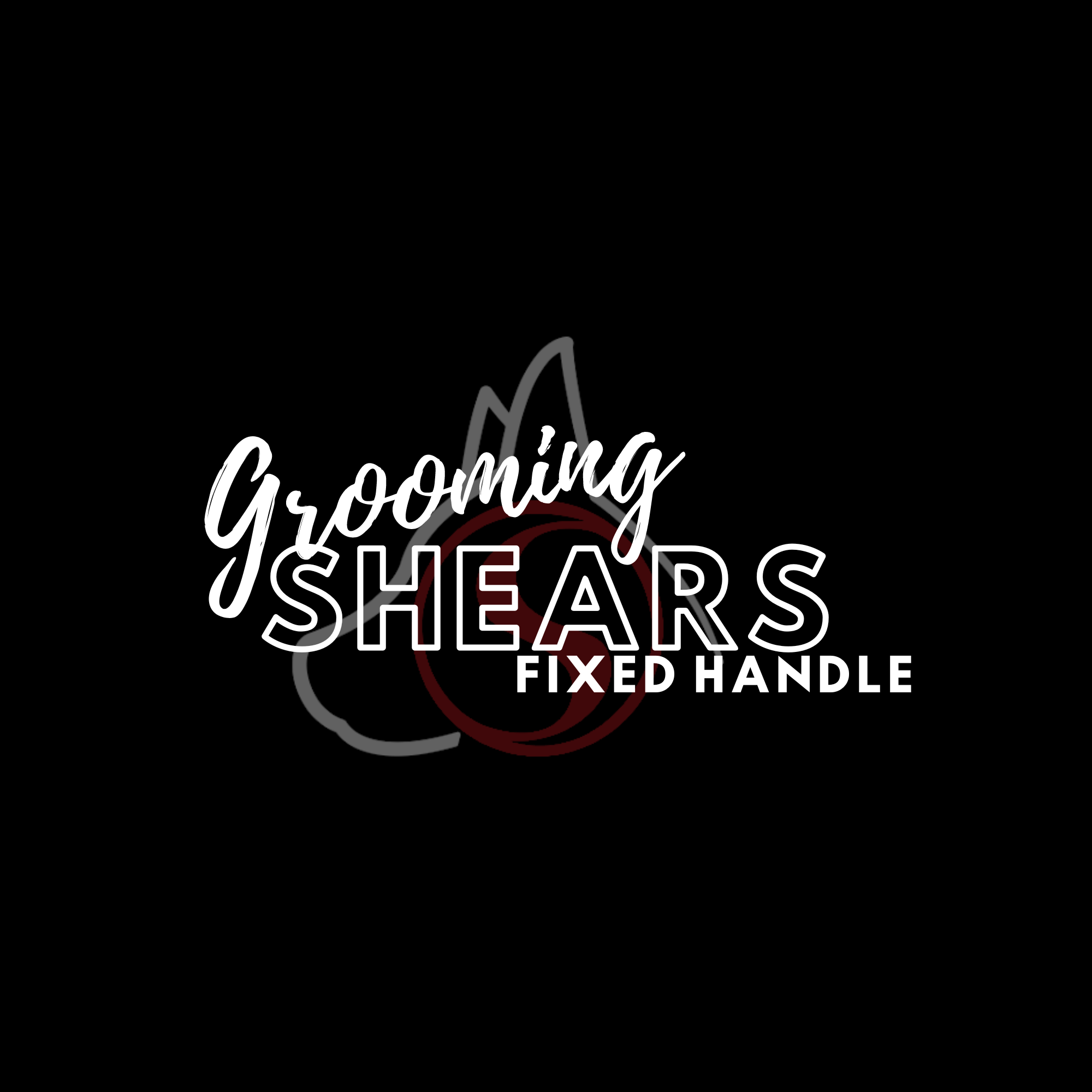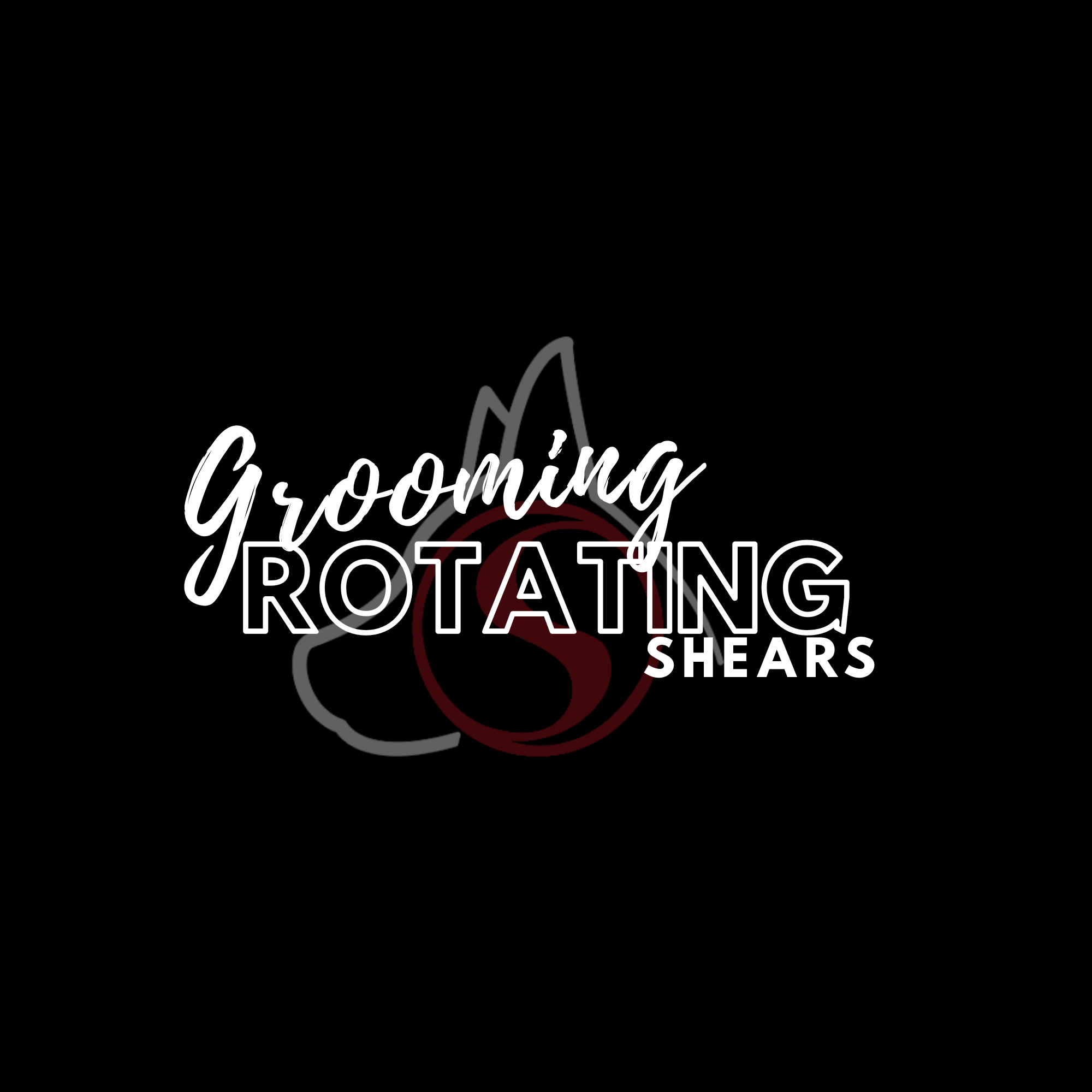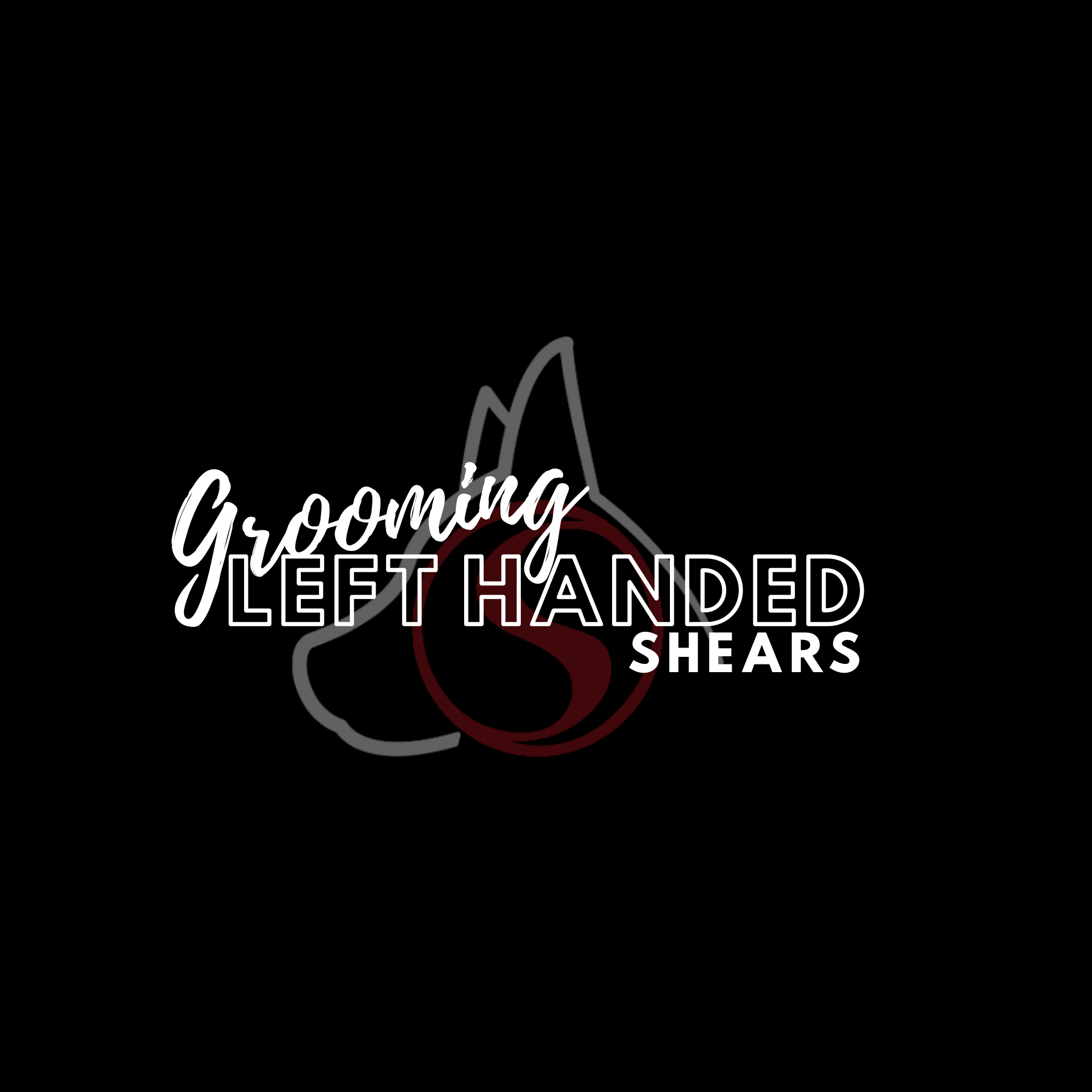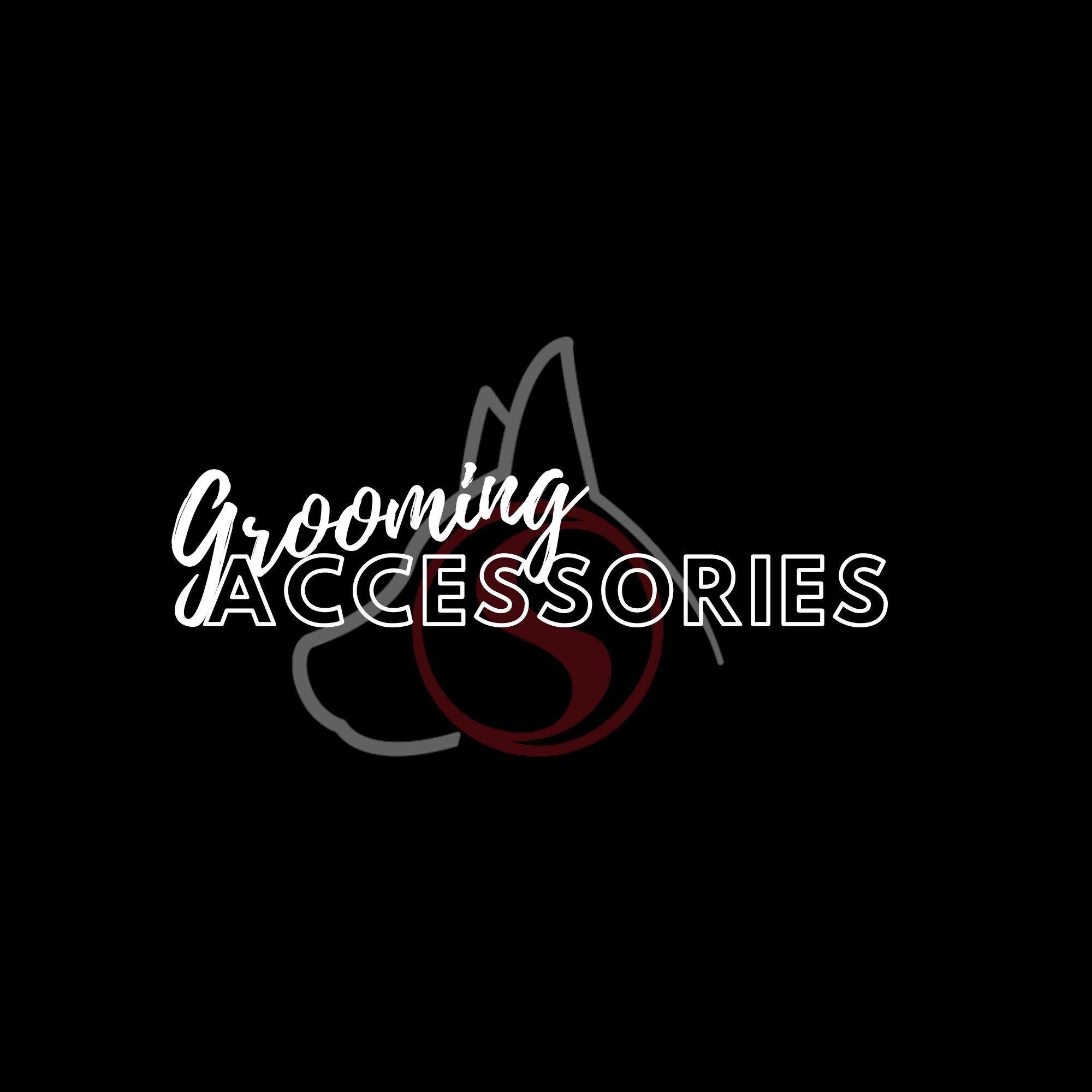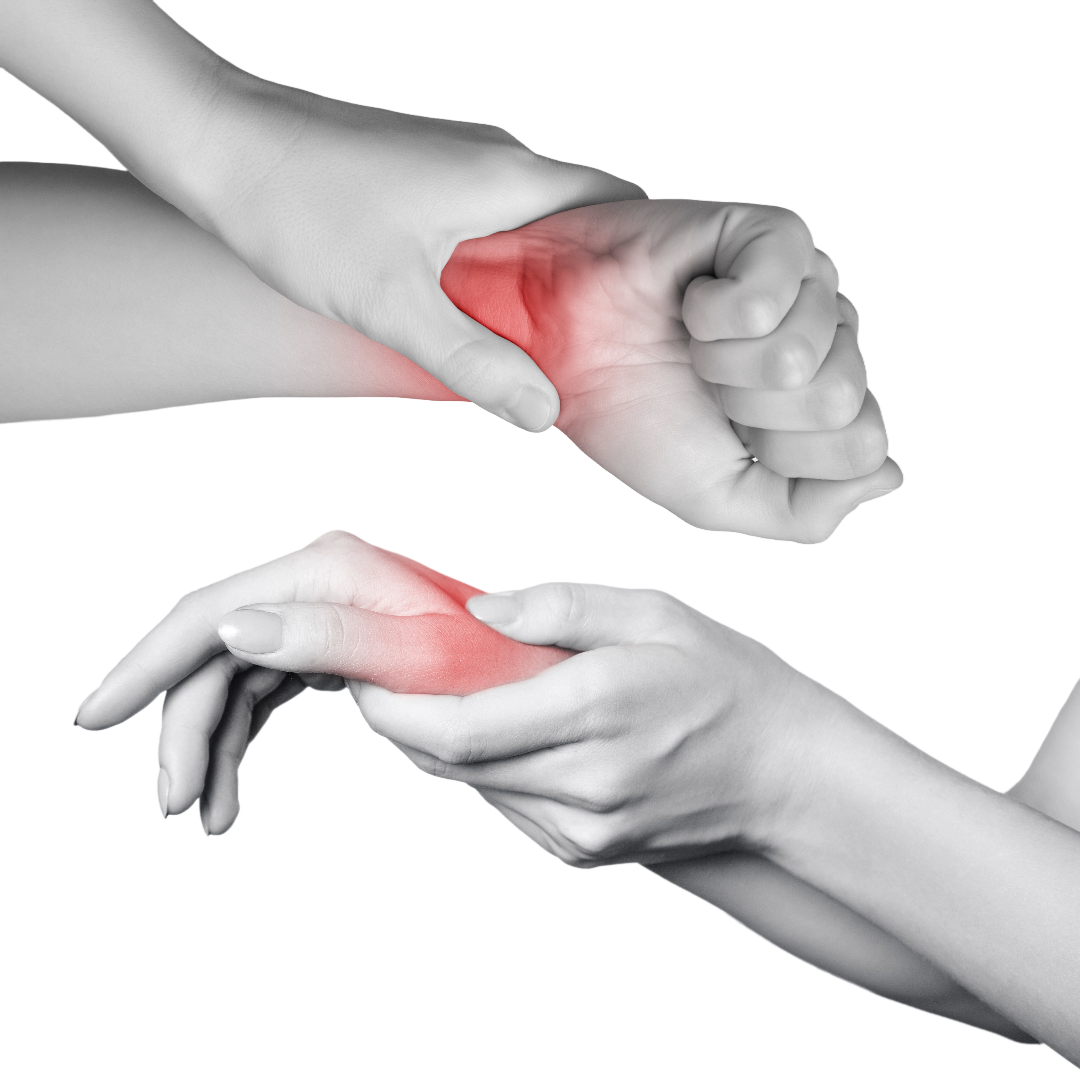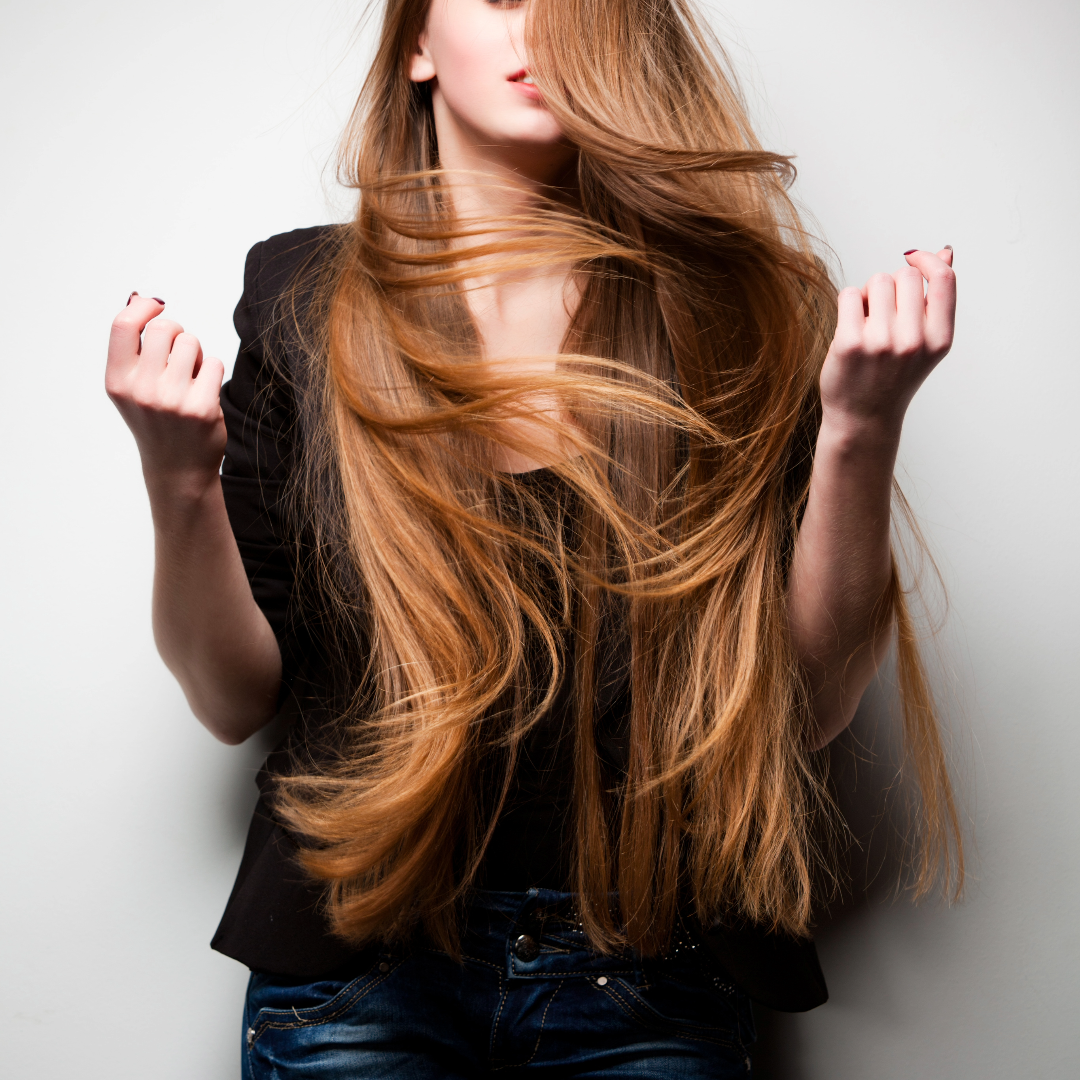3 questions you need answering about hair cutting shears
Working with the right hair cutting shears – and knowing how to care for them – can improve your performance, help you to get the most from your investment in your shears and ensure you avoid injury. These three key questions answer just about everything you need to know when it comes to hair cutting shears.
How can you properly maintain your hair cutting shears?
If you maintain your hair cutting shears they will last longer and will be a better tool to work with. There are three steps to good shear maintenance:
- Make sure you keep the tension properly adjusted. If your shears are bending or folding hair then the tension of your shears may be too loose. You can test the tension by holding the shears by the thumb hole and lifting the finger side so that the blade is open. If, when you drop the finger side, the blade closes then the tension is too loose. Turning the tension adjuster knob on the shears can help to correct this.
- Make sure your shears are kept clean and lubricated. Wipe the blades down at the end of every day. A drop of oil at the pivot, wiped down the blade, will clean shears and keep them sharp.
- Make sure your shears are sharpened by the manufacturer or their authorised service centre. You’ll get a lifetime warranty and avoid issues that an inexperienced sharpener can cause.
What hair cutting shears do you really need in your kit to start with?
- The starter shear. Most stylists will start to build a shear kit with a medium sized option like a 5.5” and a thinning/blending shear. SENSEI Seamless Blending™ shears are particularly useful as they avoid classic thinning shear issues like pulling client’s hair or leaving cutting marks in the hair.
- A longer blade shear. For stylists who like to cut on the skin, or where hair is not held in the hand, this could be a great next choice.
- A texture shear. This is a good alternative to having to add texture with scissors. Texture shears can sometimes create unnatural looking hard notches but not if you’re working with SENSEI PointCut™ texture shears, which use Soft Slide™ technology to make sure no two hairs are cut to the same length.
- A slide cutting shear. Ideal for stylists who favour slide cutting techniques, SENSEI purpose built slide cutting shears also help to avoid issues such as unintentional cuts or damage to the cuticle that are common with slide cutting. With these shears you’ll never end up accidentally cutting a hard line into hair.
How should you hold a shear correctly to reduce pain?
The shears handle design has a lot of influence on whether you suffer the pain of repetitive strain injuries, such as carpal tunnel syndrome. It’s also important to ensure you don’t translate unhealthy cutting techniques developed for older shears to newer, more ergonomically healthy shears. For example, a crane handle shear is a great choice for reducing pain and RSI. However, if you keep raising your elbow, as you might have done when using older shears, then you’ll need to twist your wrist to achieve a cutting line. This will cause you pain in the hand and wrist and really defeats the purpose of investing in a healthier handle design. So, make sure you hold your crane shears with a low elbow to correct the blade angle, not by twisting your wrist.
The way you care for your shears, the shear choices you make and the way you use your shears will all impact on your experience, as well as your professional performance.





